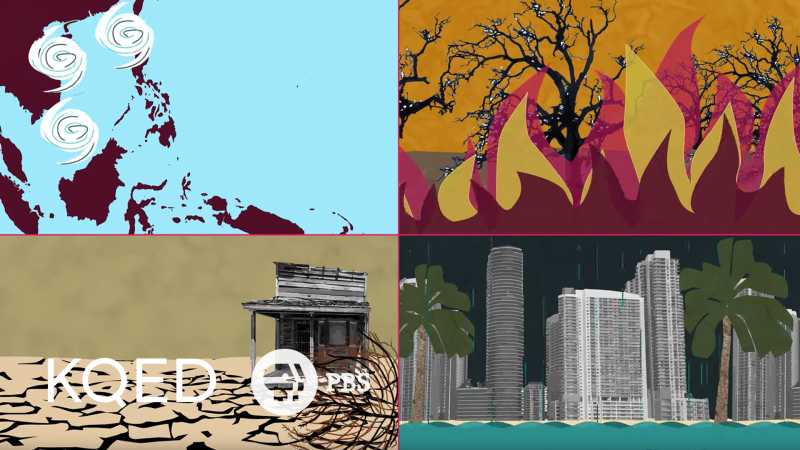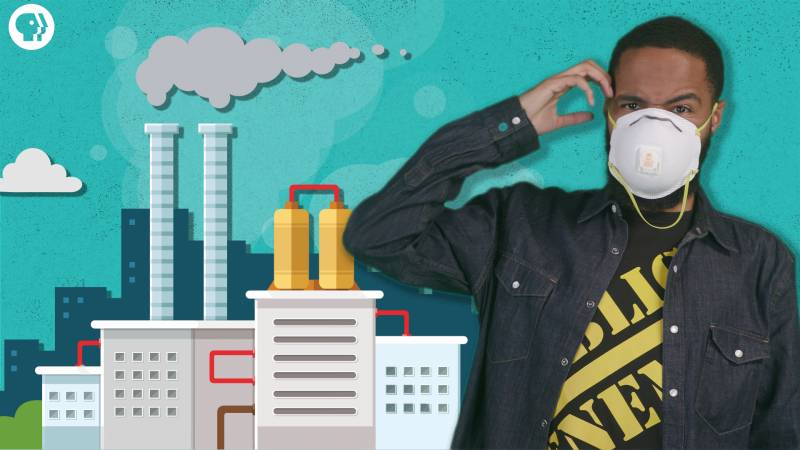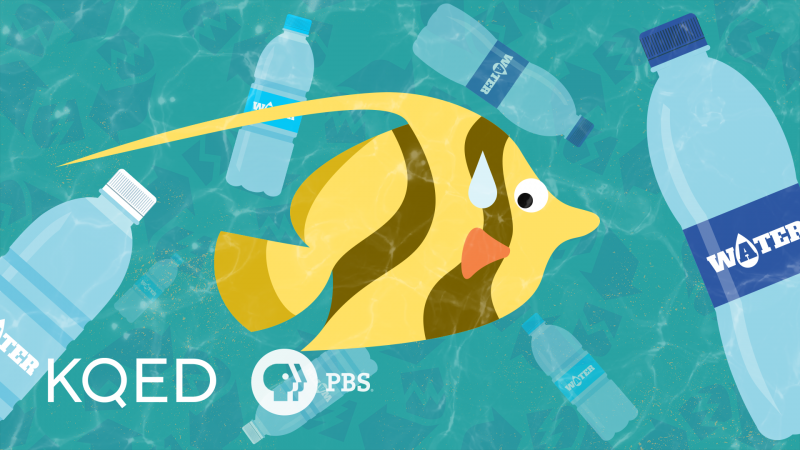We asked teens what issues matter most to them in this upcoming election, and climate change was at the top of the list. Young climate activists like Xiye Bastida, Vic Barrett and Greta Thunberg have called attention to this issue and are demanding action from lawmakers. Millions of people, many of whom are youth, recently protested around the world in support of more progressive climate policies.
So, it is more important than ever for young people to understand the science behind climate change–and have an opportunity to think critically about what it means in their lives. The study of climate change is baked into the Next Generation Science Standards (NGSS), supporting Earth and Space Science performance expectations, and principles of climate also show up in Life Science and Physical Science.
KQED Learn provides free supports to help teachers meet these standards and spark evidence-based, lively discussions about climate change. Each discussion on KQED Learn features an episode of our award-winning web series Above the Noise. Each video is full of scientific research and evidence that is delivered with context that’s relevant to the lives of students. After watching the video, your class can then join the student-only discussion forum where they can practice civil dialogue and evidence-based communication around several climate change topics.
Using KQED Learn as a Science Teacher

Climate Change Videos
1. Are You an Optimist or Pessimist About Our Ability to Take on Climate Change?


